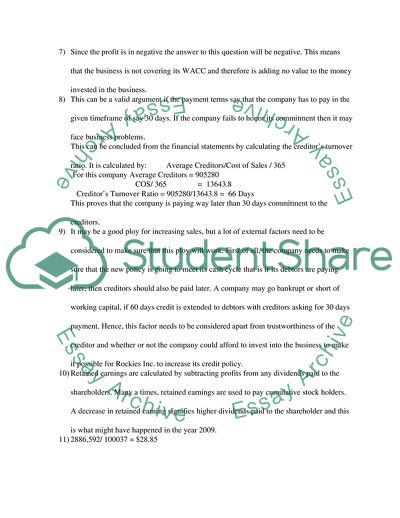Calculation Of Profit And Expenses Of The Company Case Study. https://studentshare.org/finance-accounting/1741717-finance-case-study-1
Calculation Of Profit And Expenses Of The Company Case Study. https://studentshare.org/finance-accounting/1741717-finance-case-study-1.


